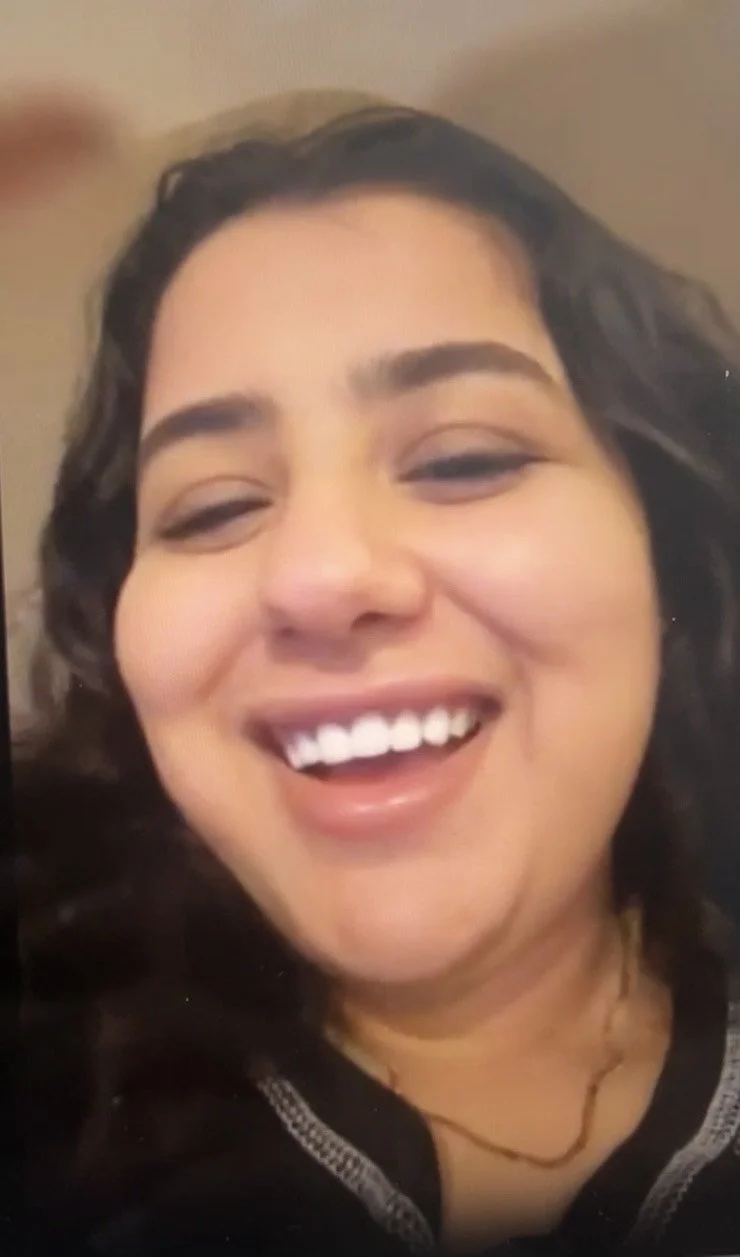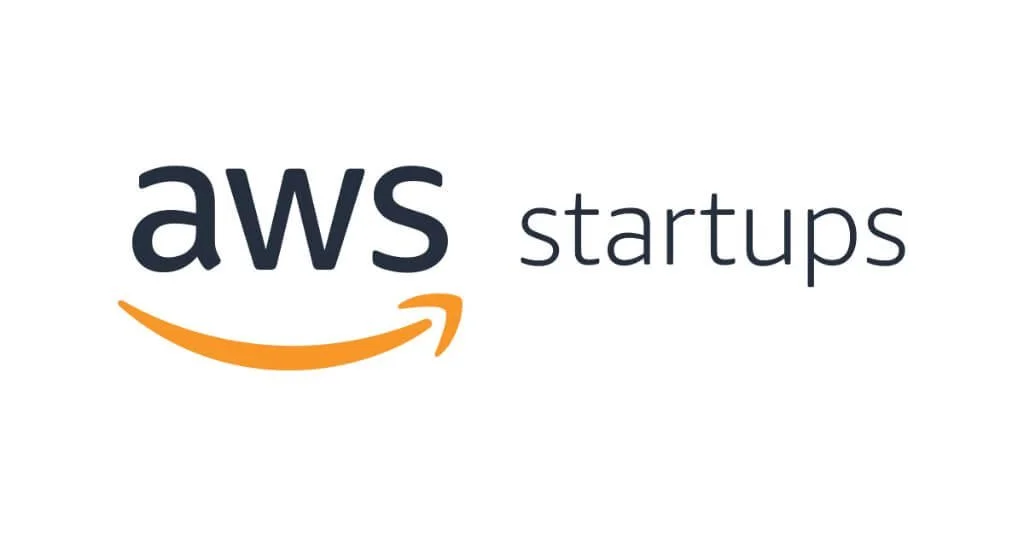
Make learning
conversational
Coral talks to your students and reports insights through 24/7 tutoring, oral exams, and role plays.
Loved by educators from:
Assessment is outdated.
Personalizing learning doesn’t scale.
90%
is forgotten
within ONE week.
We boost retention up to 90% through pedagogically proven active learning.
2/3
are unprepared
for real life.
We build real-world readiness through role-play and scenario-based practice.
88%
of assignments are
written with AI
Authentic learning with personalized oral exams that can’t be faked by AI.
Assess and build
true understanding
through conversation
- at scale.
24/7 Q&A with real-time feedback
Always-on student support, giving educators instant visibility into progress and learning gaps.
Create, & auto-grade oral tests
Effortlessly design speaking assessments, deliver them at scale, and get instant AI-powered feedback.
How it works
Easy one time, 3 minute setup
Create your Teaching Assistant
1
Take 3-5 minutes to upload your course materials, lecture transcripts, and/or teaching style to create your teaching assistant, Coral.
Send a link to students
2
Send your students a link to their AI teaching assistant where they can get 24/7 responses, or a link to take an oral exam created with your materials.
Get responsive classroom insights
3
Review student chats and summaries, identify learning gaps, and assign oral assessments to see who truly understands their own writing.

FAQs
-
We're scaling 1:1 personalized education with AI, built on proven methods and 50+ interviews with educators.
Each student gets an AI tutor that adapts to their learning style, and each teacher gets an AI assistant that mimics their teaching approach. Coraltalk also 'reads' student assignments and asks follow-up questions to assess real understanding.
Over time, we track learning data across each student’s academic journey, giving schools actionable insights—much like how big tech optimizes employee performance.
Culturally responsive, aligned with best practices for education, all while celebrating your unique teaching style and their learning style.
-
Coraltalk benefits educational institutions, corporations, and professionals like PhD students or learners seeking to improve communication skills.
-
Teachers can create their AI teaching assistant in just 3 to 5 minutes—by uploading course content and setting Coral to reflect their own teaching style.
They’ll receive a unique link to share with students, who can ask unlimited questions anytime.
Teachers can also assign oral assessments:
Standard assignments, where every student receives the same questions
Or personalized tests, where Coral generates custom questions based on each student’s written work
-
Yes, Coraltalk is designed to integrate seamlessly into existing educational and corporate platforms, enhancing the user experience without disrupting current workflows.
-
Absolutely! Coraltalk can be tailored to meet specific educational, corporate, or professional goals, ensuring a personalized experience for each user. To date, we’ve already created customized solutions for a screenwriting class, a french language class, and an acting school.
-
Coraltalk prioritizes data security, using encryption and compliance with relevant data protection laws to ensure the privacy of user information. We’re also COPPA compliant.
-
Unlike generic AI chat tools, Coraltalk is trained specifically on your course content, your teaching style, and your expectations.
Students get accurate, professor-approved explanations—not generic internet answers.
They’re guided through your materials, your way, in any language or learning style.Plus, Coraltalk gives you visibility into how students are engaging with the material—so you can see where they’re thriving and where they might need help.
Not to mention, we offer lecture recording, automatic re-training, and oral assignments.
-
With Coraltalk, your IP ALWAYS remains your IP. We NEVER use anything you upload to train models, and as soon as you delete content it’s permanently removed.
Beyond this, we encrypt your data, so your content is safe with us.

Proudly backed by:
Now piloting
⋆
Now piloting ⋆

“Coraltalk isn’t just
a diagnostic tool for learning
— it’s the cure.”
Annija Eizenarma
Ex(c)ited Founder, VC Scout






























